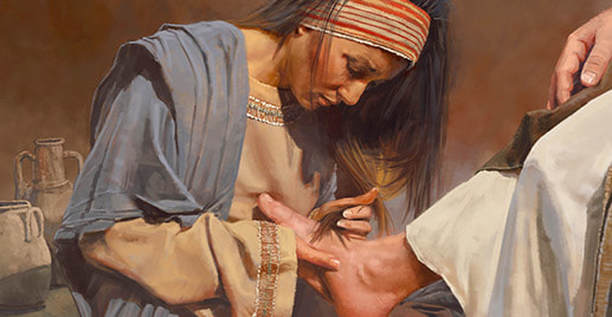“Appoint someone evil to oppose my enemy; let an accuser stand at his right hand. When he is tried, let him be found guilty, and may his prayers condemn him. May his days be few; may another take his place of leadership. May his children be fatherless and his wife a widow. May his children be wandering beggars; may they be driven from their ruined homes. May a creditor seize all he has; may strangers plunder the fruits of his labor. May no one extend kindness to him or take pity on his fatherless children. May his descendants be cut off, their names blotted out from the next generation” (Psalm 109:6-13).
The so-called imprecatory psalms have a way of getting our attention, but it is not always in a positive manner. How do we reconcile the seemingly brutal and even vengeful attitude that appears to lie behind these psalms and the teachings of forgiveness and love for enemies found in the New Testament?
Our new article looks at these psalms and gives reasons why they are not what they might seem to be. You can read the article here.




 RSS Feed
RSS Feed
